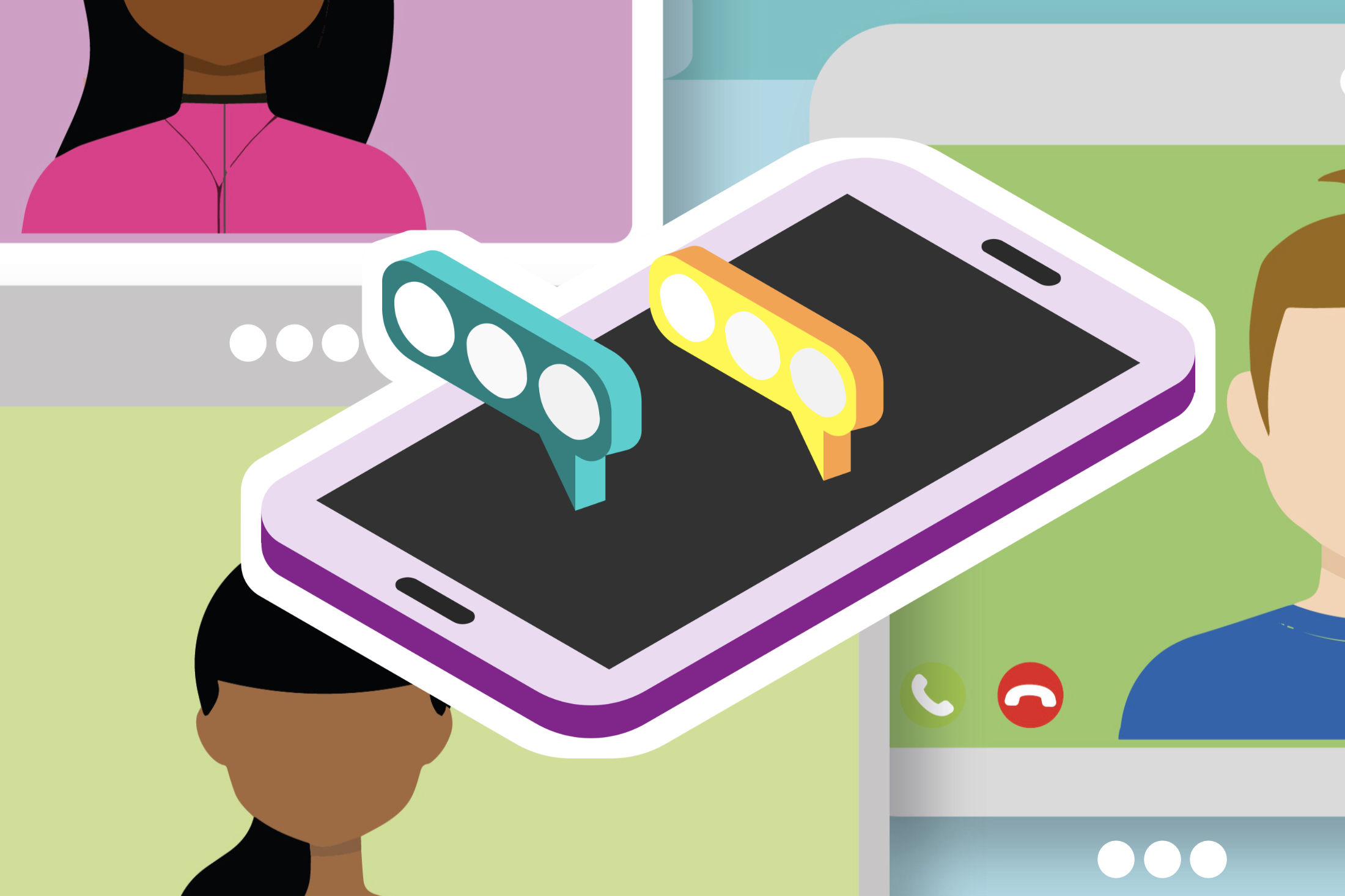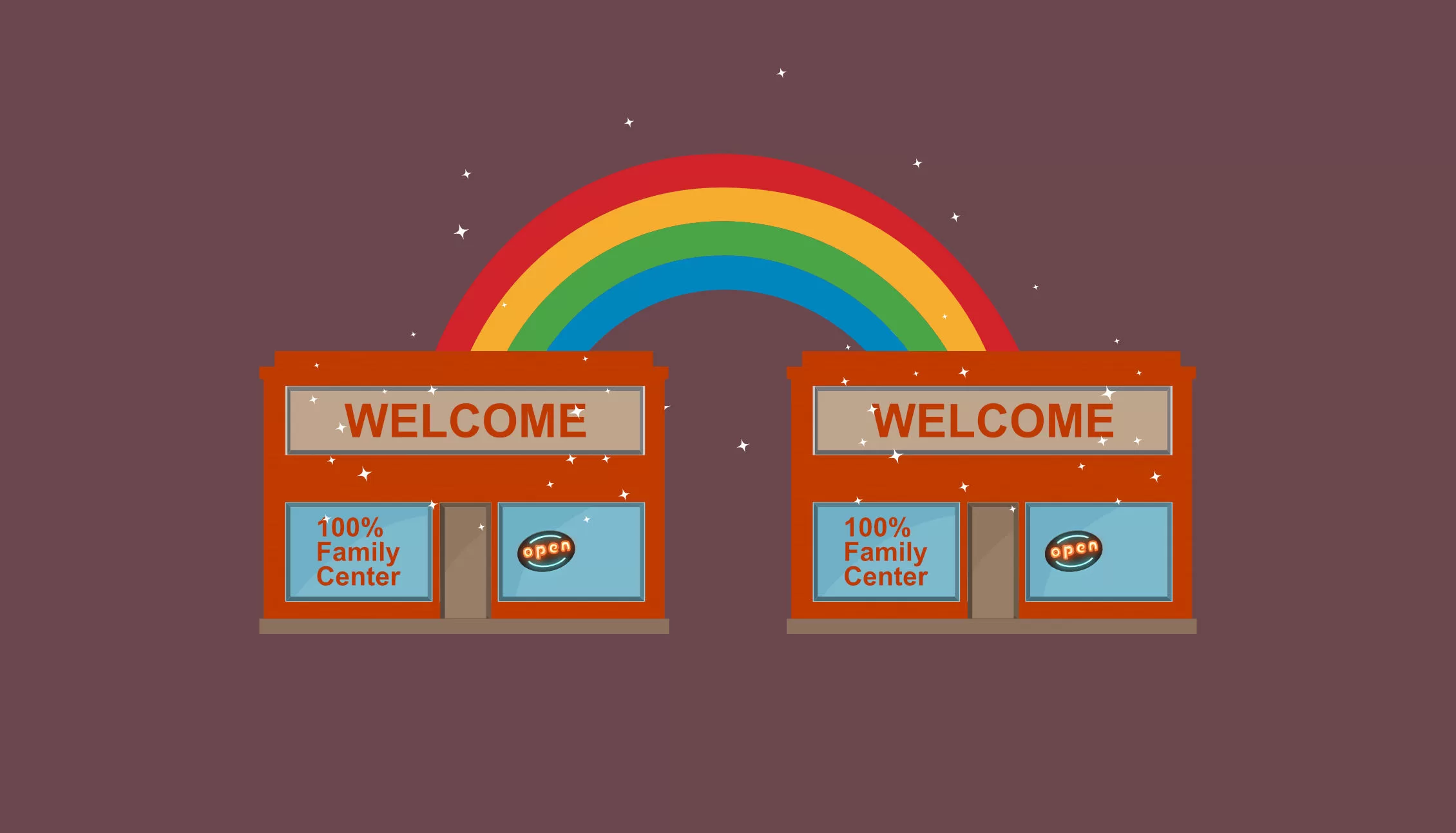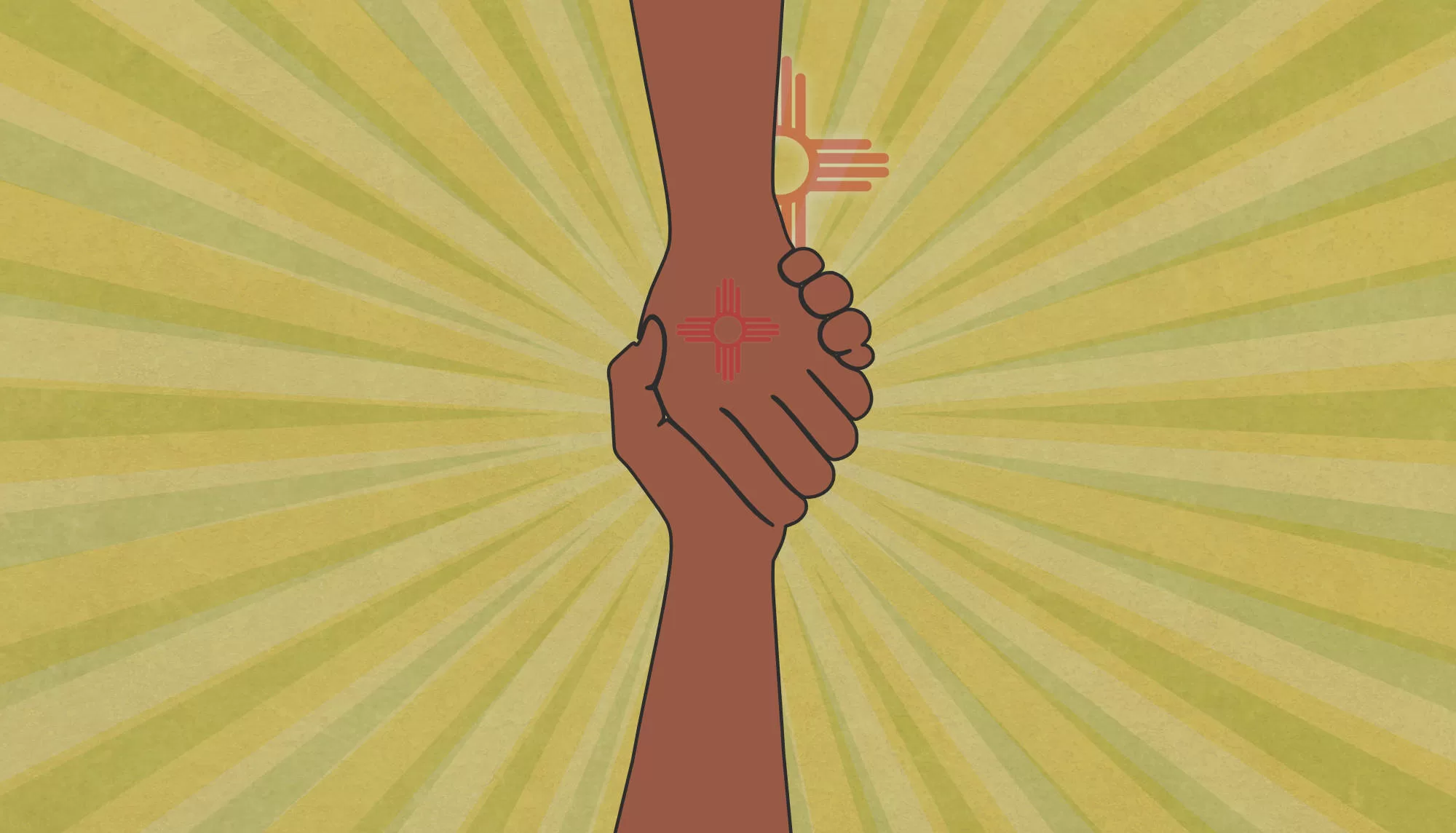“There’s an App for That.” Even a Family Services Directory?
In this interview with Hagerman City Councilor and 100% Chaves County initiative leader Dan Jennings, we explore his other “hat” as an app designer and web guru using technology to serve families.
When you first heard about the initiative’s goal of helping each county identify a local service directory of family services, what did you do?
I did what we tech folks do with any problem: I did a Google search for “directories” to look at models in the public and private sectors. As you know, there are many directories for everything online, from restaurants and hotels to hospitals and schools. In the business sector, sites like Travelocity show you a list of hotels, then let you read all about them, and the best part is often the reviews. Some sites allow the hotel to respond to the review which gets interesting with a bad review. The web allows us to create anything, including a state-of-the-art directory of ten vital services for surviving and thriving, allowing collective reviews.
When you searched further for directories in your county, what did you discover?
With a search for “Chaves County Service Directories,” up came SHARE NM, a directory I knew about. Also, 2-1-1 appeared to be a resource but was limited in knowledge of providers. And when I did a Google search for “behavioral health care in Chaves County,” I found a number of providers, some I knew about, and some I knew were no longer practicing. A quick glance at Google to get a rough idea about services is a real grab bag of the good, the iffy, and the very questionable. I also knew that child welfare, health department divisions, and the schools had their own directories to review. It was clear that there were lots of directories on paper and online floating across my county, yet no one central repository of the vital information all residents need.
How long did it take to create a list of organizations for the directory?
Well, I started with the SHARE NM online directory, which had listings for all ten service areas and much, much more, broken down by county. This cut a lot of time out of this asset mapping project. My question was, “How current are these listings?” That is always the problem with directories: when they get stale, they go unused. SHARE NM, or any other directory, is only as up-to-date as local folks make it. It takes vigilance and constant fact-checking.
How did you know if the service organizations were up to date and the services they offered, including hours, waiting times, and sliding fee scale (so no family was turned away), were current?
Now that is the hard part web technology doesn’t help with, at least not yet. This requires a good, old-fashioned phone call to each organization – at first just to see if anybody picked up the phone or called me back, or if they had a helpful voice message. I learned a lot as I called all the services in the service areas we call the services for surviving: medical care, mental health care, food security, housing security, and transportation to vital services. It took my sector leaders and me about 80 hours over two weeks.
With those five lists of vetted organizations, I started on the five services for thriving which included all the organizations offering parent supports, early childhood learning, community schools (or at least noting which schools had health centers), youth mentoring programs, and job training. That took us about another 40 hours over a week.
How did your ten action teams help you with the vetting and review process?
That is the beauty of the 100% initiative, having local people as resources for projects just like these. Each of our ten action teams reviewed the resources to double-check everything. With everyone contributing to reviews, this process is made much more doable in a shorter amount of time. This process of review took about 20 hours which included about ten sector leaders doing the work.
With a list of resources personally vetted, what happened next?
So many people are already used to mobile apps and our county providers were expressing the need for a simple tool that could help residents find help. It was difficult telling everyone to go to the web, then type this link, go to this site, search for that, click on this. So we knew the answer was to create an app.
How does one make an app?
It’s not as hard as it used to be. Many tools now exist that help keep the coding to a minimum. First I created a webpage on a free platform that allowed me to create the headings and links to the ten different sectors’ providers. Then I saved a search link inside of SHARE NM that maps to each sector so the right providers that serve that sector show up. Next, I used a low-cost web tool that basically wraps all the code around the website so it can be pushed into the app stores. Finally, I signed up as a developer for Google and Apple so the app could be uploaded and distributed. That allows anyone with an Android device or an iPhone/iPad to download.
What did people say about the app and how was their user experience?
It’s been fascinating—lots of surprises and “How did this happen?” and “Wow, finally a way to make directories state of the art.” We also heard “We’ve been talking about this for so long!” There are still lots of ideas we want to build in as more use it. One of the tools we can use is the pushing of notifications to everyone who has it downloaded. That can help us keep people informed of things like the release of housing applications, or events that provide free health screenings.
How do you get the word out to let folks know about the app?
Our 100% people and links to providers in ten sectors who all do direct service. Plus the school systems and public safety are committed to spreading the awareness because it is an immediate help for those who need it most. It’s easy to find, just search “100% Chaves County” in your app store. Best of all, it’s free!
We also keep everyone in the loop with our 100% Chaves County Mighty Network site and app found at 100PercentChavesCounty.com.
How does one keep the service listing up to date?
This is where tech might help in a big way, but real humans are still required. The SHARE NM directory has a field that shows the last time a listing has been updated. I would say that a quarterly review, if not a monthly one, is needed to keep the service directory current. Our work with the initiative is done in partnership with folks at SHARE NM, the Chaves County 2-1-1 and anyone working on directories.
Who can you track which service organizations are getting the most views?
We can track visits to each page, with one organization on a page. One could collect a lot of data on each organization’s popularity. And users can provide feedback letting our team know about changes, additions, and their experiences with service providers. That goes a long way in making sure high-quality services are being delivered to our residents.
What if people say, “But not everyone has access to an app?”
We now have all the information on all vetted organizations in ten sectors that can be turned into a print version. Not everyone wants or can use a small screen to look for information. And with current web technology, the service listing represents data that can be presented in many formats including language translation, audio via screen readers, and calling 2-1-1 for live help.
Why is having an up-to-date family services resource guide so important?
It does two things. First, it lets each action team know which services are actually available in the county. If you are the behavioral health care action team, one look at the list of services in mental health care shows where services are and where geographically they are not. We can see gaps. We can see which populations are services and which special populations have little or no help. By seeing gaps we know where our work and increasing services need to happen. Also, in 2023 there is no reason not to have technology making resources available. It’s all about collaborating and doing everything we can to link all our family members to services, as we keep growing the services.
How can all this ongoing directory updating be funded?
We had initiative funding from NMSU’s 100% New Mexico initiative but we can start looking at other funders like local government or even some public-private sector partnerships. Our partners in law enforcement, the courts, child welfare, child advocacy, schools, and public health could all be contributors to a countywide directory project.
What other tech innovations should we be looking forward to?
I should add that we are helping implement a no-cost web platform that helps any of our county service providers with referral processes. This platform helps navigators, folks trained to link folks to local services, ensure residents don’t have to try to figure out what is the “right” place to go for help. There’s also a lot of web-based counseling and support available and we are partnering with providers that make it available to all residents and remove the cost barrier.
How does the latest web technology impact the delivery of ten vital services?
Medical assessments for family members are happening to some degree online and we can expect that to grow by leaps and bounds with telemedicine innovations. Honestly, all ten sectors will be made much more efficient in their delivery and quality through technology over the next few years–even in rural New Mexico once we ensure internet access. There’s lots of innovation in parent supports and web-based home visiting. We know certain components of education, from K through higher ed, are moving online for some populations. Web-based mentoring is here. I know 3-year-olds with tablets that focus on early childhood learning. Then there’s AI and robotics’ impact on housing, agriculture, food distribution, transportation design, city planning, and the jobs of the future. The tech-related transformation happening in all ten sectors is mind-spinning.
Where’s it all going?
Technology is changing society and it’s hard to keep up. If we wish to reach youth and busy adults across a county, the latest tech is a vital component of our public education, outreach, and project development work. Each 100% New Mexico initiative is going to be greatly enhanced with new technology as long as they have the connections and/or funding to partner with technologists, and web, and software designers. Amid hundreds of emails and thousands of websites screaming for our attention, the tricky part of making sure that information technology serves us and not the other way around.
Editor’s note: Speaking of web technology, also visit our web-based 100% Family Services Directory and our web-based community (self-directed) course A Child’s Right to Survive and Thrive.
And don’t forget to download the Family Services Directory app…
Mission: The 100% New Mexico initiative is dedicated to ensuring that 100% of families can access ten vital services crucial for their overall health, resilience, and success. This university-sponsored endeavor necessitates the local implementation of evidence-based strategies encompassing both community and school-based service hubs, aiming to prevent the most pressing and costly public health and safety challenges, including adverse social determinants of health and adverse childhood experiences.
Don’t miss a blog post! Get notified!
The 100% New Mexico initiative is a program of the Anna, Age Eight Institute at New Mexico State University, College of Agricultural, Consumer and Environmental Sciences, Cooperative Extension Service. Contact: annaageeight@nmsu.edu or visit annaageeight.nmsu.edu to learn more.






